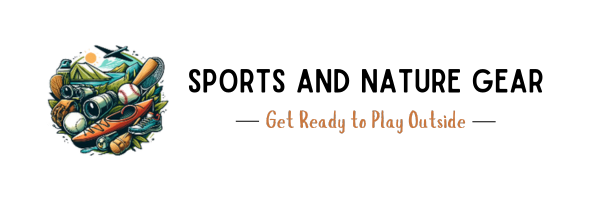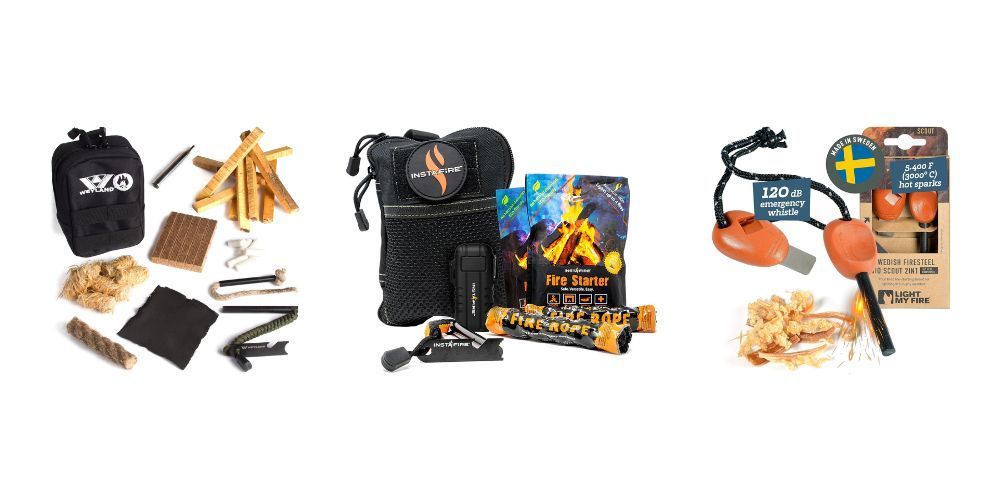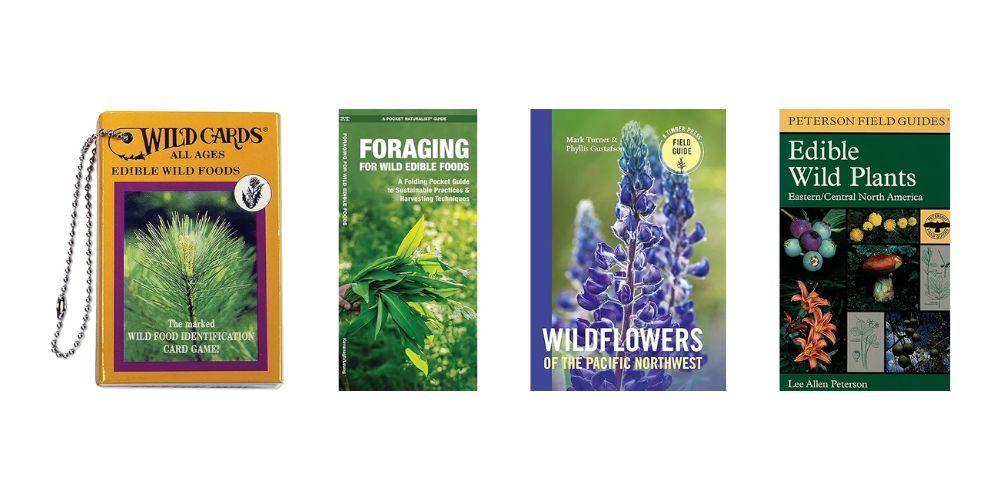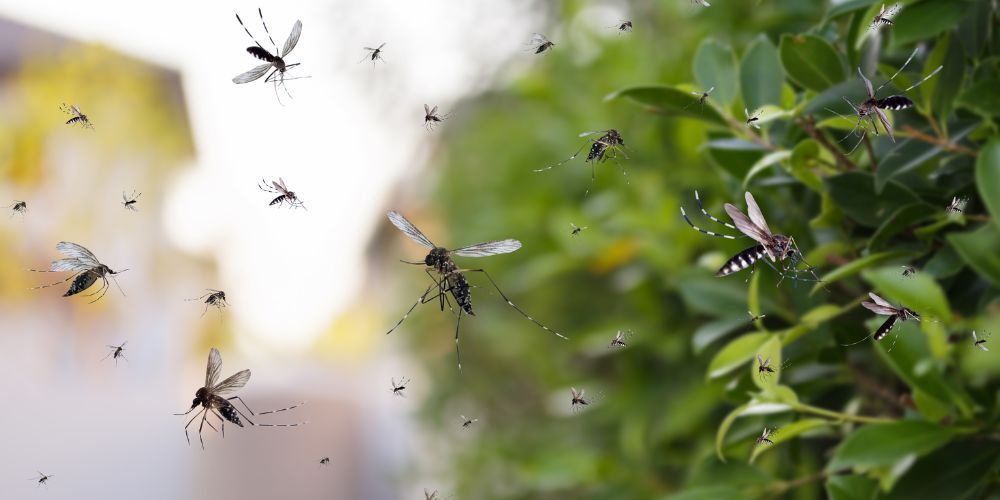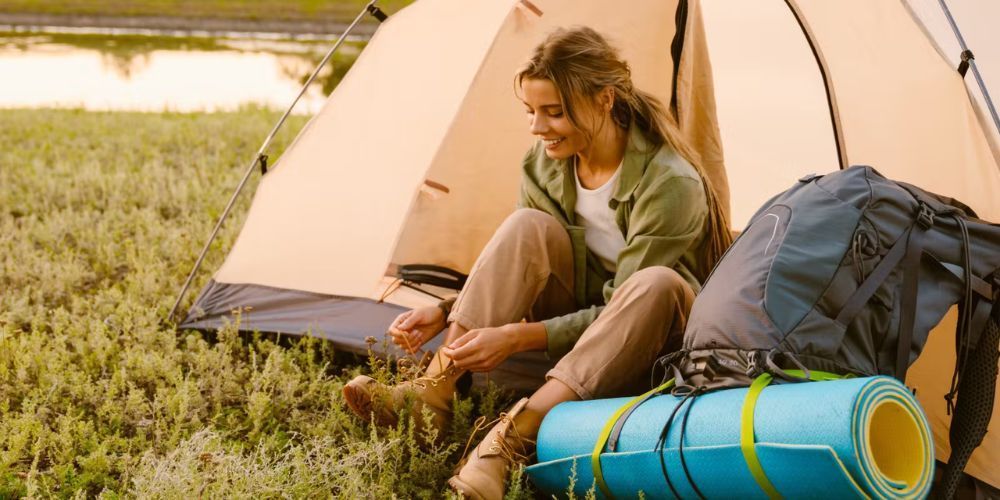The Best Wildlife Tracking Journals for Nature Lovers in 2025
June 12, 2025
Whether you're a dedicated birder spotting your 200th species, a homeschooling parent teaching kids about local wildlife, or just someone who loves documenting nature encounters, a good wildlife tracking journal transforms casual observations into meaningful memories. These specialized notebooks help you record animal behaviors, track migration patterns, and build a personal database of your outdoor discoveries.
Why You Need a Wildlife Tracking Journal
A dedicated wildlife journal does way more than just store random animal sightings. It helps you spot patterns—like which birds visit your feeder at what times, or where you consistently see deer tracks on your hiking route. For homeschoolers, it's an incredible hands-on science tool that gets kids excited about biology and ecology. Plus, your entries become valuable citizen science data that can contribute to conservation efforts and wildlife research.
The right journal keeps you organized, protects your observations from weather, and actually makes you a better wildlife observer by encouraging detailed note-taking.
Top Features to Look For
Durability & Weather Protection: Look for waterproof or water-resistant covers, reinforced binding, and paper that won't fall apart if it gets damp. You'll be using this outdoors in all conditions.
Page Layout: Guided formats with prompts work great for beginners, while experienced naturalists might prefer blank or lightly lined pages. Consider journals with dedicated spaces for sketches, weather conditions, and GPS coordinates.
Size & Portability: Field journals need to fit in your pack or pocket without being too small to write in comfortably. Most people find 5"x7" or 6"x9" ideal for balancing portability with usable space.
Paper Quality: Heavier paper (at least 70gsm) handles pencils, pens, and light watercolor sketches without bleeding through. Some journals include perforated pages for sharing observations.
Best Picks
List of Services
-
Budget Pick: Rhodia Webnotebook Field EditionList Item 1
French-made with exceptional paper quality that handles everything from ballpoint pens to watercolor pencils. The dot grid layout works perfectly for detailed field sketches and organized notes. Elastic closure and ribbon bookmark make it feel like a tool you'll treasure for years.
-
Mid-Range: Audubon Bird JournalList Item 2
Specifically designed for birders with guided prompts for species, behavior, location, and weather conditions. Includes helpful identification tips and space for sketches. The hardcover design feels premium while staying portable, and it includes stickers for marking favorite entries.
-
Premium: Rite in the Rain All-Weather Field JournalList Item 3
This weatherproof notebook uses special paper that works with regular pens and pencils even when wet. The spiral binding lies flat, and at under $15, you can afford to keep one in your car, backpack, and by your window for backyard observations. The lined format works for both notes and simple sketches.
-
Specialty Pick: Naturalist Field JournalList Item 4
Connects directly with the popular iNaturalist app and citizen science platform. Each page includes QR codes for easy photo uploads and sharing with the global naturalist community. Great for families who want to contribute to real scientific research.
-
Homeschool Favorite: Bird Watching Field Guide & Journal by Kristine Rivers
Three-section design perfect for educational use: beginner's guide with birding basics, structured field journal pages with prompts for detailed observations, and life list section for tracking species over time. The guided format helps new birders improve their skills with pre-written prompts close at hand, making it ideal for homeschool nature study and family birding adventures.
How to Choose
Start by thinking about your main use case. Dedicated birders should prioritize guided formats with species-specific prompts, while general nature lovers might prefer flexible layouts for tracking everything from insects to mammals.
If you're often in wet conditions, waterproof options are worth the extra cost. For homeschooling families, educational features and kid-friendly prompts matter more than premium paper quality.
Consider buying two—a nice one for home base and a cheaper backup for risky adventures where you might lose or damage it.
Final Thoughts
The best wildlife tracking journal is the one you'll actually use consistently. Whether you choose a simple waterproof notebook or a specialized birding journal with guided prompts, the key is developing the habit of regular observation and documentation. Your future self will thank you for those detailed entries when you're looking back at years of wildlife encounters and discoveries.
Don't overthink it—grab a journal that fits your budget and interests, and start recording those amazing animal encounters happening right outside your door.
Can I use a regular notebook instead of a specialized wildlife tracking journal?
Absolutely! While specialized journals offer helpful prompts and weather resistance, any notebook works for wildlife tracking. The most important thing is consistency in recording your observations, not having the perfect journal.
What should I include in each wildlife tracking entry?
Essential details include date, time, location, weather conditions, species (if known), behavior observed, and any interesting notes. Adding sketches, even simple ones, helps with later identification and makes entries more memorable.
Are digital wildlife tracking apps better than physical journals?
Both have advantages. Apps offer instant species identification, GPS logging, and easy sharing with citizen science platforms. Physical journals work without batteries, feel more personal, and many people find the act of handwriting helps them remember observations better. Many naturalists use both.
